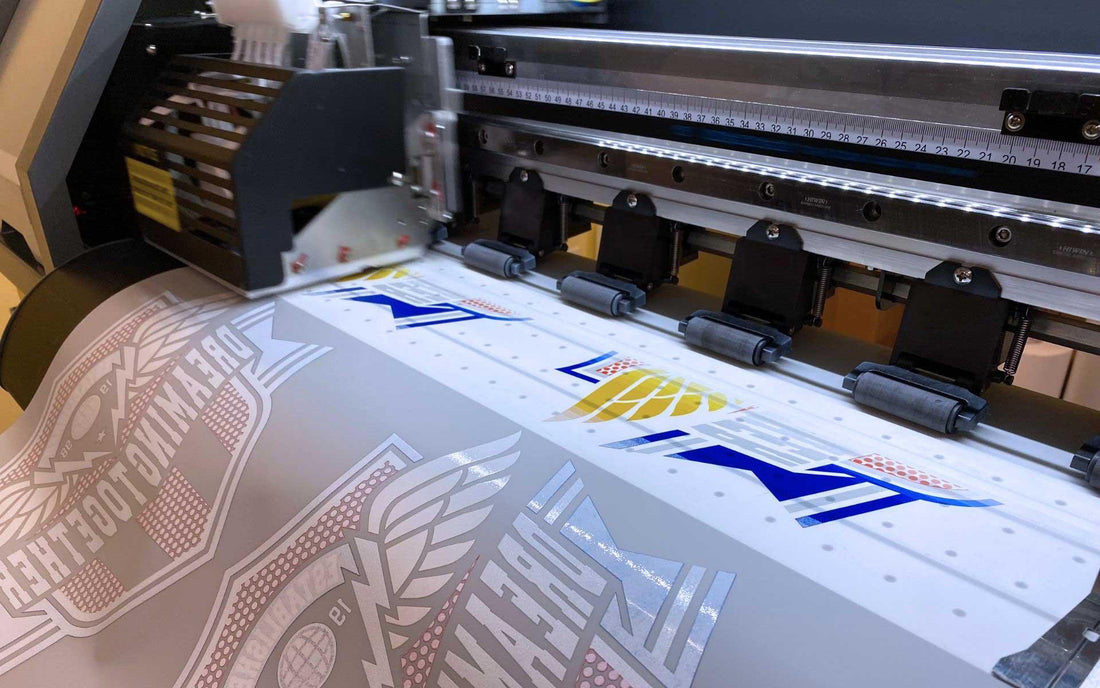
What is DTF Printing
Share
DTF (Direct to Film) printing is a method of printing designs on various materials by using special films. Here's a breakdown of the process and its advantages:
Process:
- Design Creation: A digital design is created using graphic software (e.g., Adobe Photoshop, CorelDRAW).
- Printing on Film: The design is printed onto a special PET (Polyethylene Terephthalate) film using a DTF printer that utilizes specific inks (usually pigment-based).
- Powder Adhesive Application: After printing, a fine adhesive powder (usually made of polyurethane) is applied to the print while the ink is still wet.
- Curing: The print with the adhesive powder is heated, causing the powder to melt and adhere to the ink.
- Transfer: The prepared film is placed on the desired fabric or material and transferred using a heat press machine. The heat activates the adhesive and bonds the design to the surface.
- Peeling: After pressing, the film is peeled off, leaving the design transferred to the material.
Materials:
DTF transfers can be applied to a variety of surfaces, including:
- Cotton
- Polyester
- Blends
- Leather
- Nylon
- Other materials like wood, metal, and glass
Advantages of DTF Printing:
- Versatility: It works on a wide range of fabrics, unlike some methods (e.g., sublimation) that are limited to polyester.
- Durability: The designs are long-lasting, flexible, and resistant to washing.
- High-quality prints: DTF offers vibrant colors and fine details, making it suitable for intricate designs.
- Cost-effective: For smaller quantities, DTF can be more economical than traditional screen printing, as it doesn’t require screens for each color.
- No Pre-treatment: Unlike DTG (Direct to Garment), DTF printing doesn’t require pre-treating the fabric before application.
This method is gaining popularity for custom apparel businesses because of its ease of use and the professional results it delivers.

